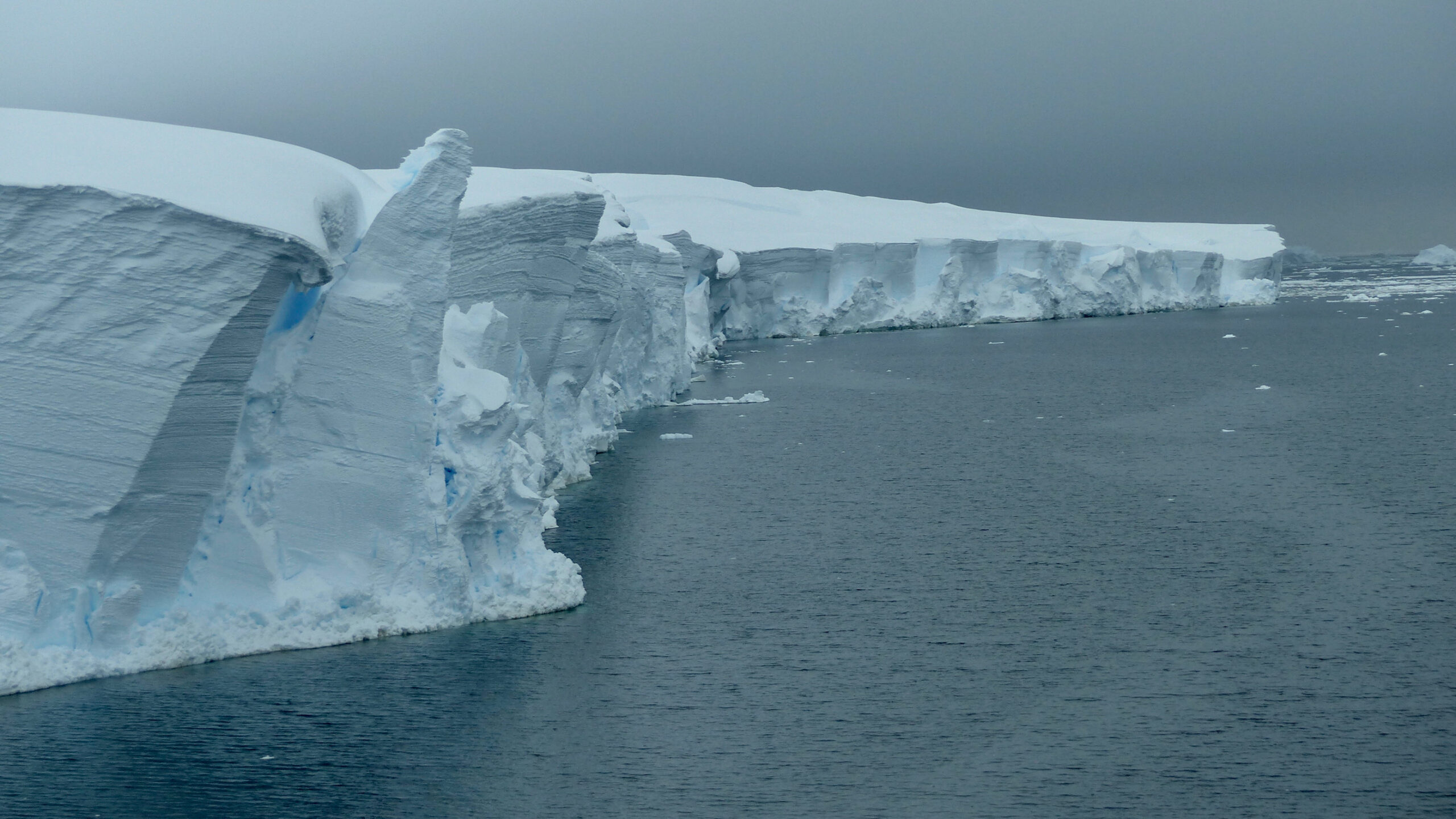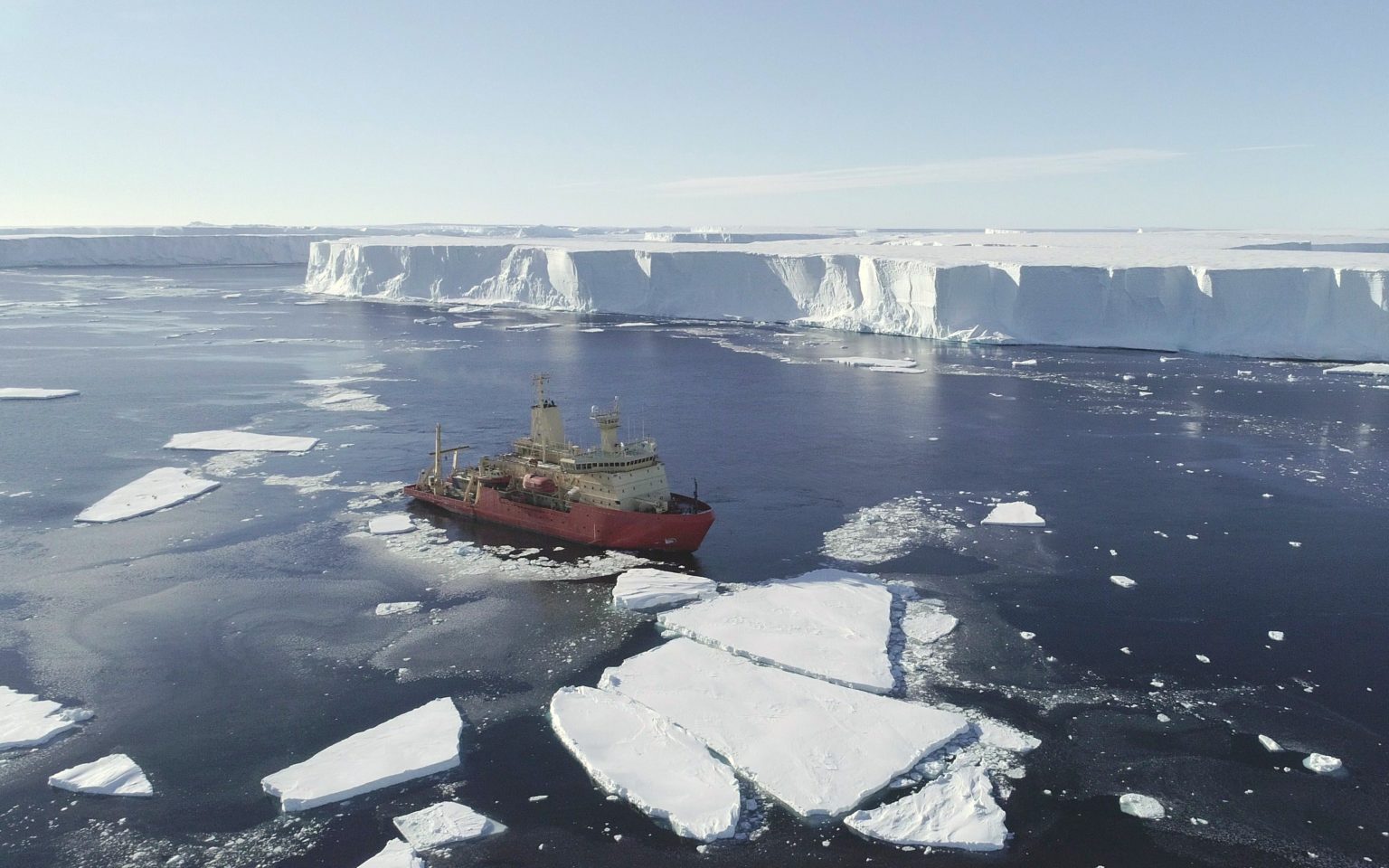Doomsday Glacier in Antarctica is Melting at Its Rapidest Rate in 5,500 Years
New evidence reveals that two major Antarctic glaciers are losing ice at a higher rate currently than at any time in the last 5,500 years. New research published in Nature Geoscience suggests that melting ice might raise global sea levels by more than 11 feet over the next several centuries.
Coauthor Dylan Rood from Imperial College London said, “Our work suggests that these vulnerable glaciers were relatively stable during the past millennia, yet their current rate of melting is accelerating and raising global sea level.”
Recent increases in ice melting rates “may indicate that those vital arteries from the heart of West Antarctic Ice Sheet (WAIS) have burst, leading to accelerating flow into the ocean” that could have catastrophic effects on future global sea levels in a warming world.

The western Thwaites Glacier and its neighbouring Pine Island Glacier were both studied by scientists because of their susceptibility to melting due to warm water flowing beneath them. Thwaites is known as the “Doomsday Glacier” because of the devastating consequences that could result from its melting.
According to the release, scientists used radiocarbon dating on penguin bones and seashells found on old Antarctic beaches in order to reconstruct variations in sea level in relation to the coast over the past 5,000 years.
Also Read: Big News: Peloton Instructor Jess King is Pregnant: Everything To Know
Researchers looked at how much land rose and fell under the weight of the glaciers to get a sense of how they moved. If a glacier is enormous and heavy, it can cause the land to sink and the sea level near the coast to rise, but if it is relatively small and light, it can cause the land to grow and the sea level near the coast to fall.
From roughly 5,000 years ago until approximately 30 years ago, the researchers discovered that the sea level declined relative to the shore at a steady rate consistent with sustained glacial behavior.

However, the study found that the relative sea level decline has been nearly five times lower in the last thirty years, possibly due to the rapid melting of glacier ice that caused the earth to rise. Furthermore, the glaciers are situated on a slope with no discernible highs, so there is nothing to keep the glacier in place and prevent it from melting rapidly.
The Thwaites Glacier, which is more significant than Florida, is held in place by an ice shelf, and scientists have warned that it may collapse within the next three to five years. About 4% of the average yearly global sea level rise can be attributed to glacier melt alone.
Last year, Ted Scambos, a glaciologist at the Cooperative Institute for Research in Environmental Sciences, told Science News’ Carolyn Gramling, “We are watching a world that is doing things we have not really seen before, because we are pushing on the climate extremely rapidly with carbon dioxide emissions.” The feeling is “daunting.”

